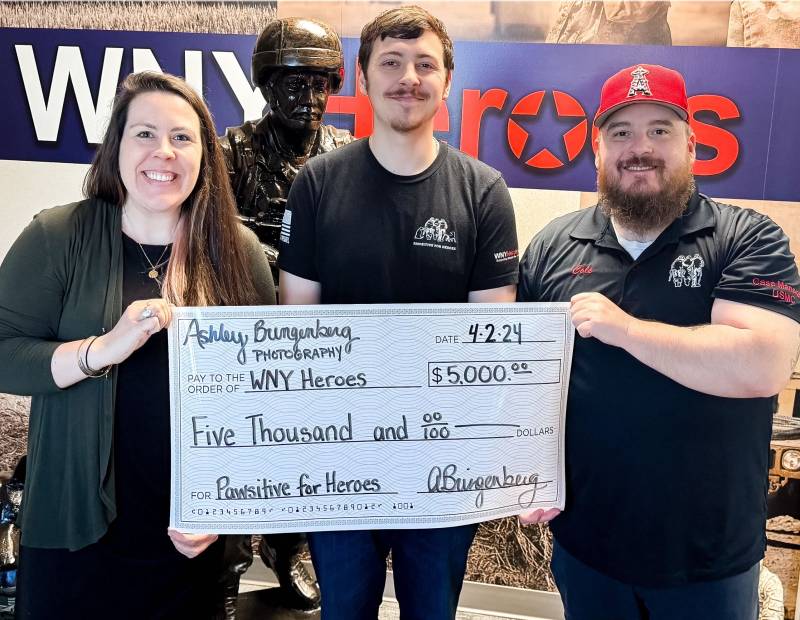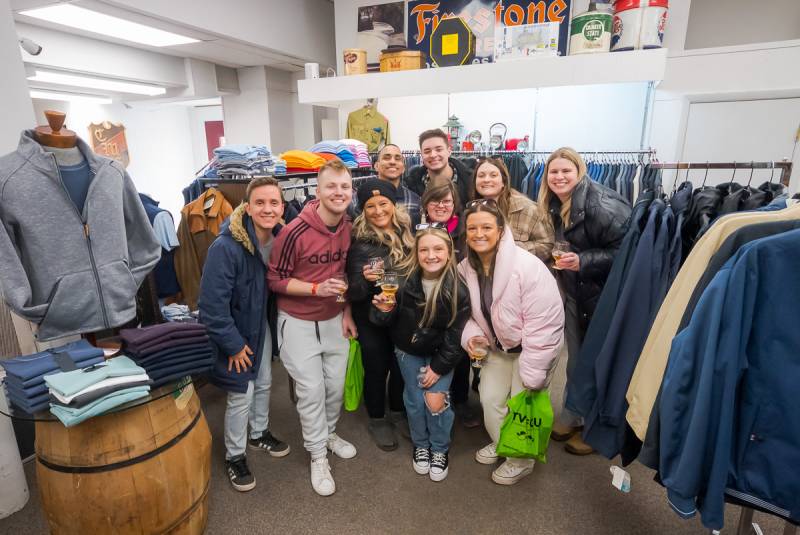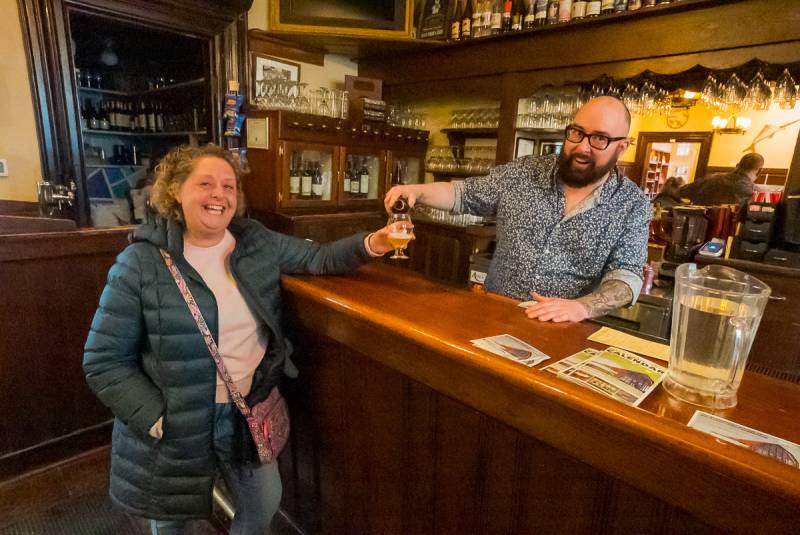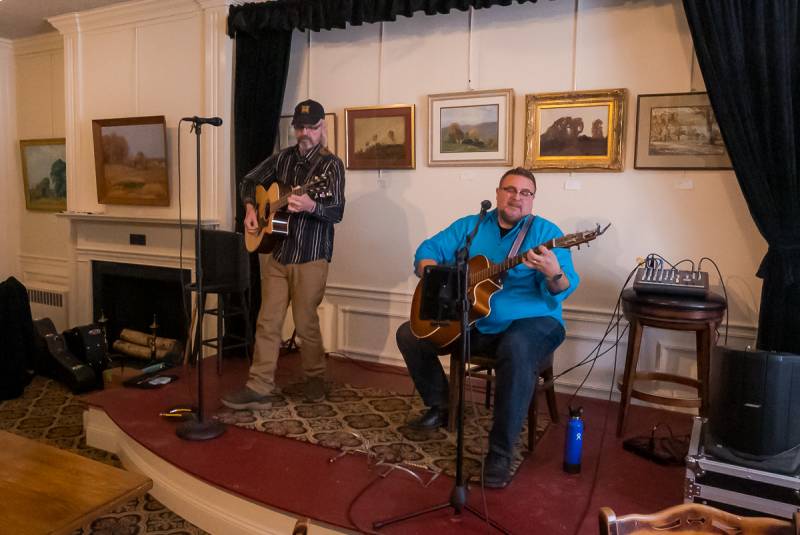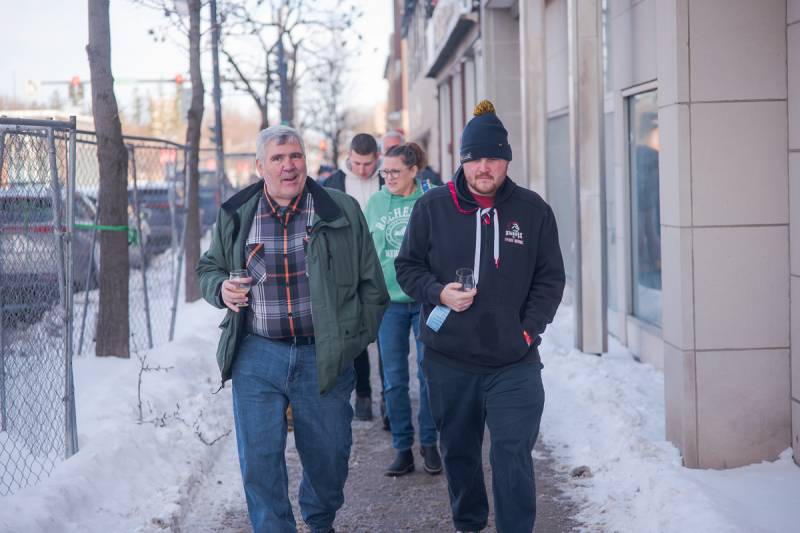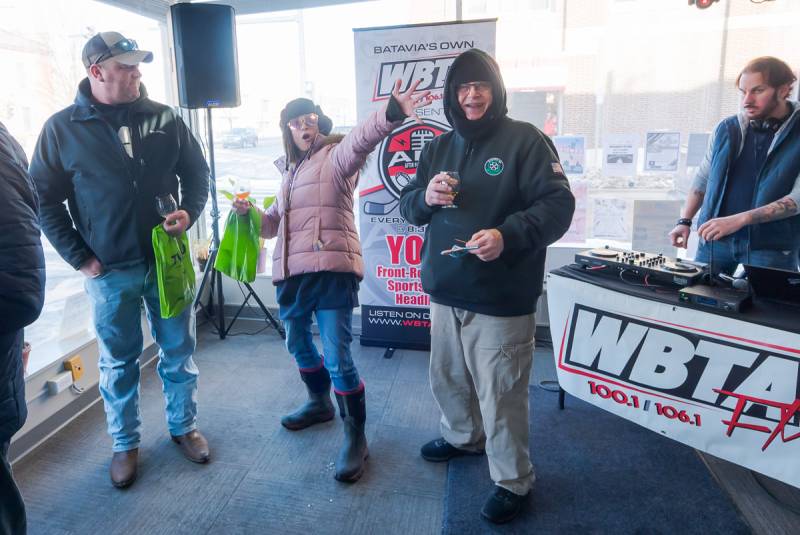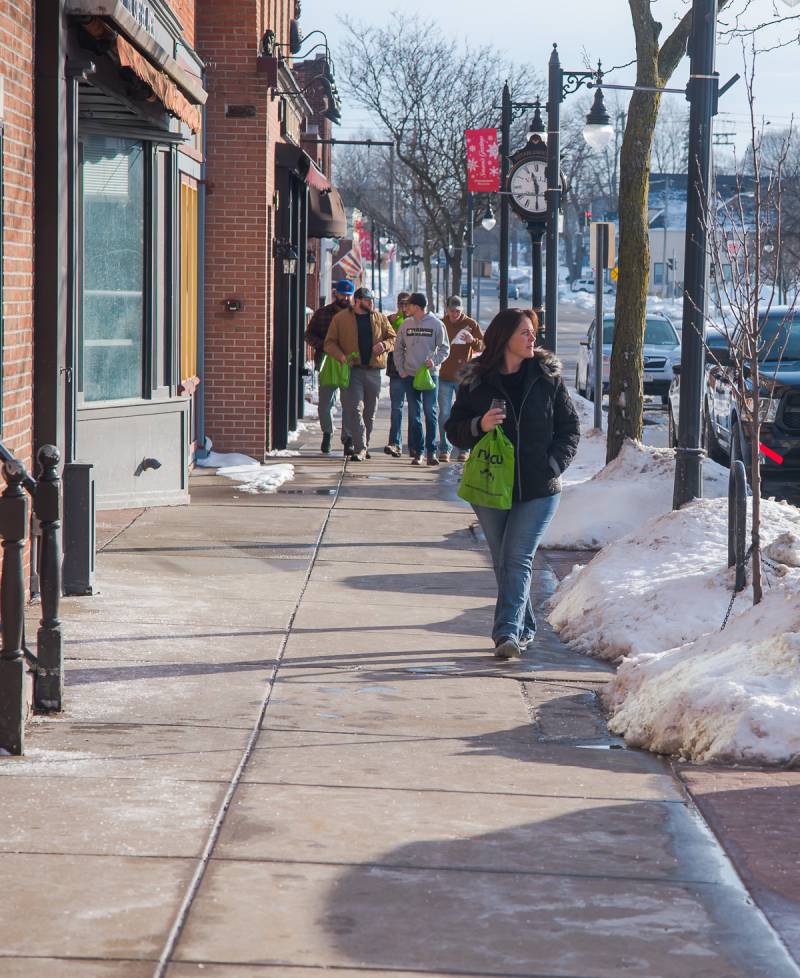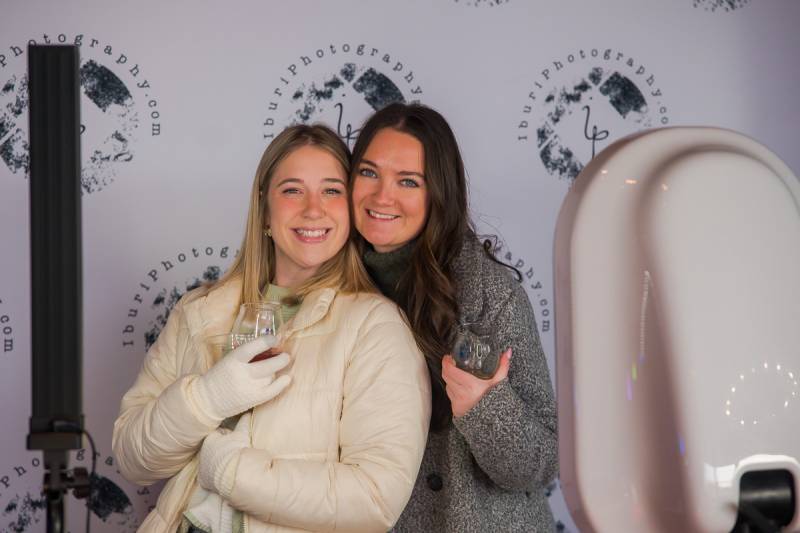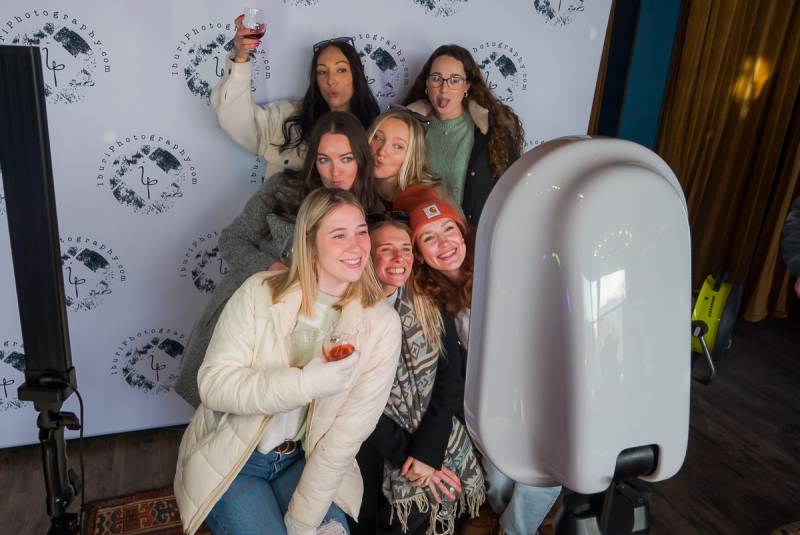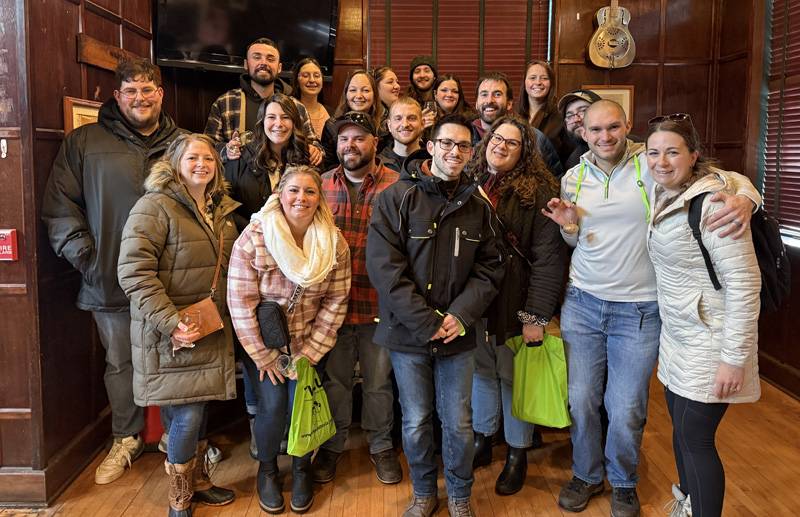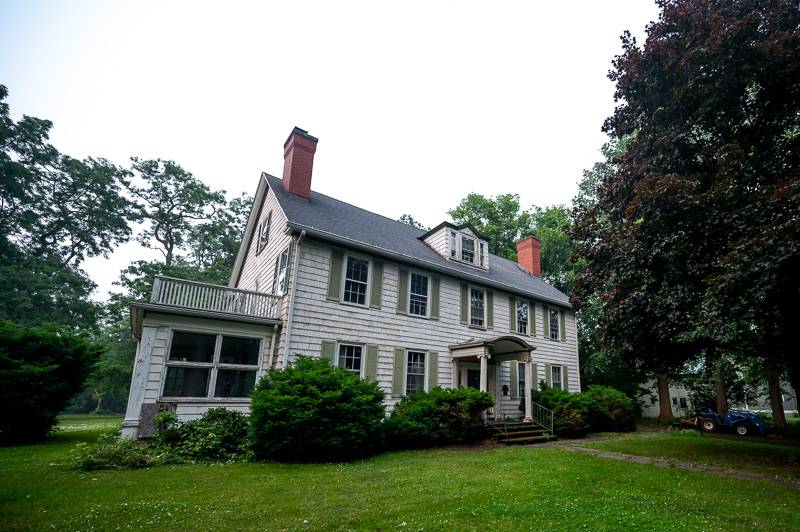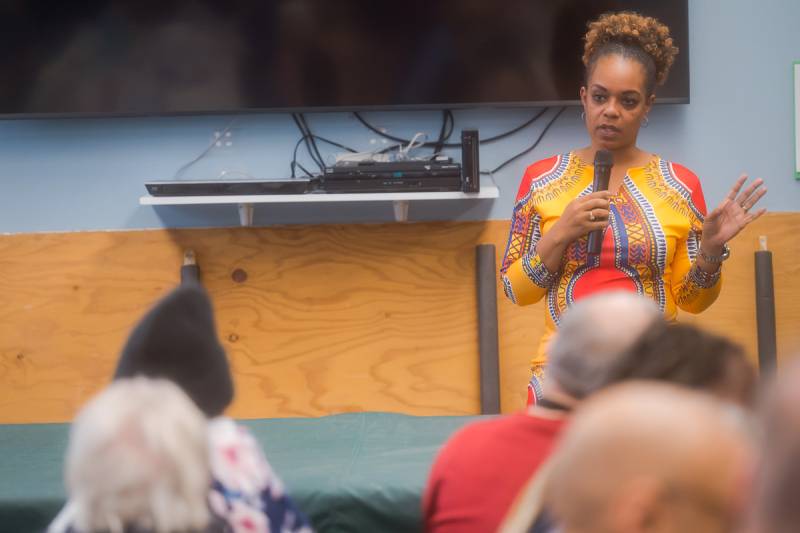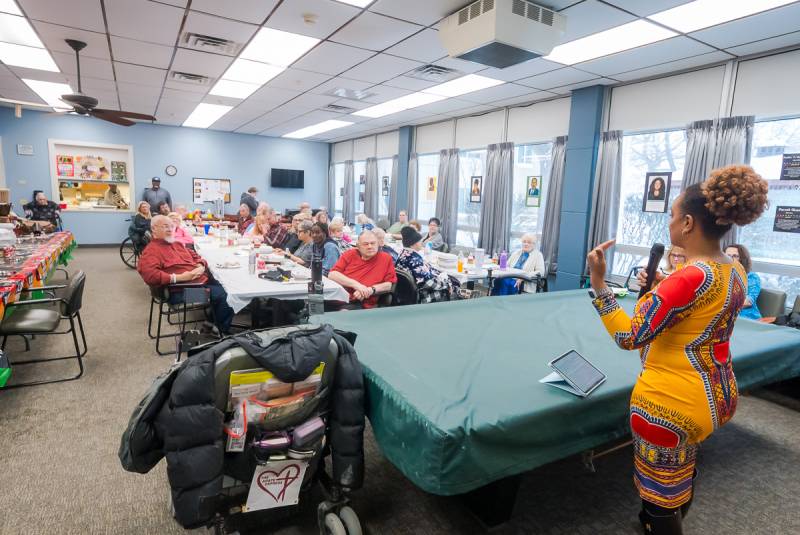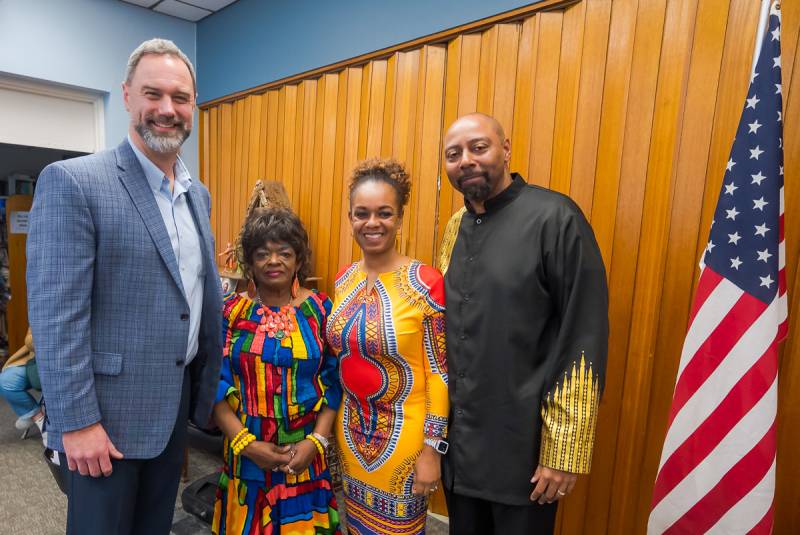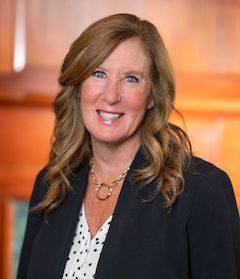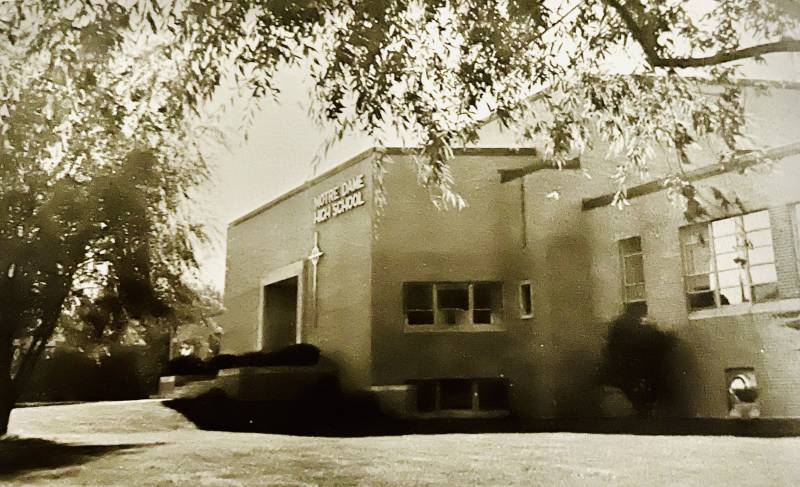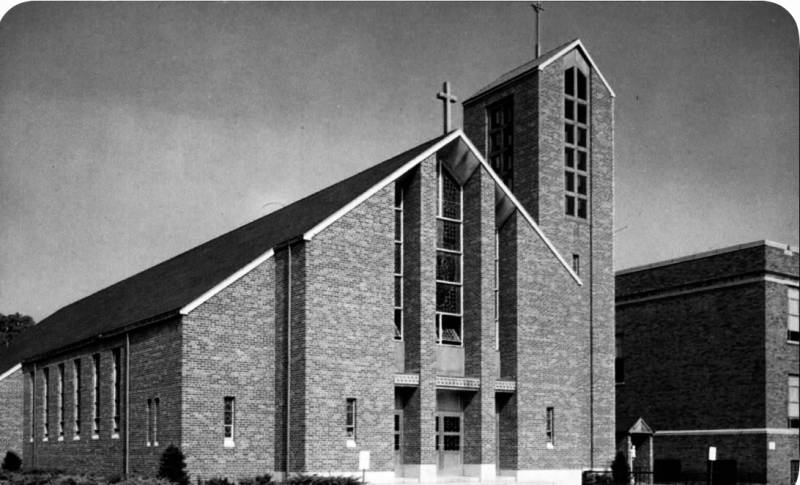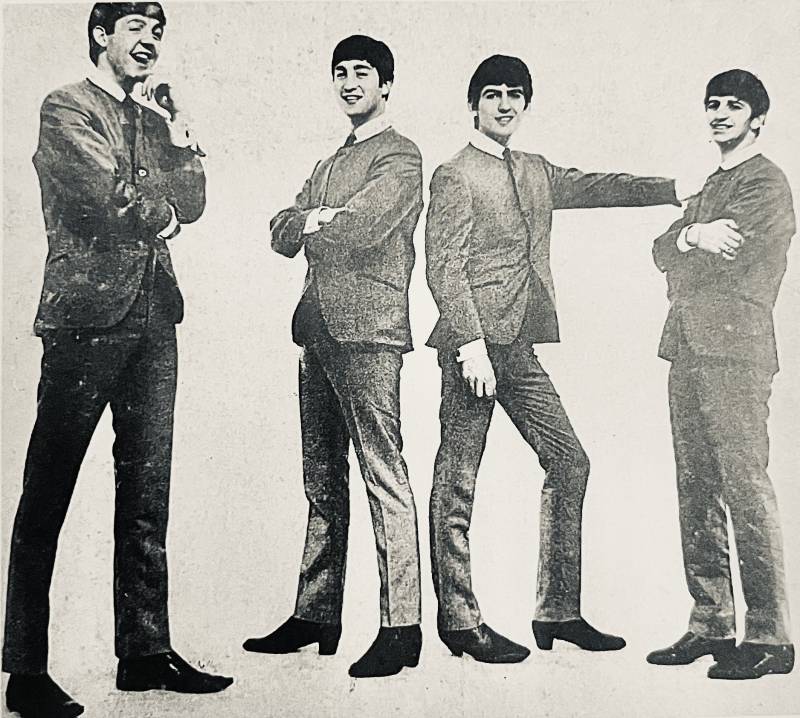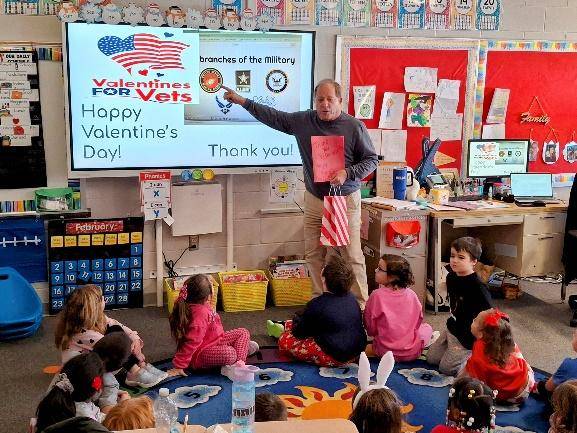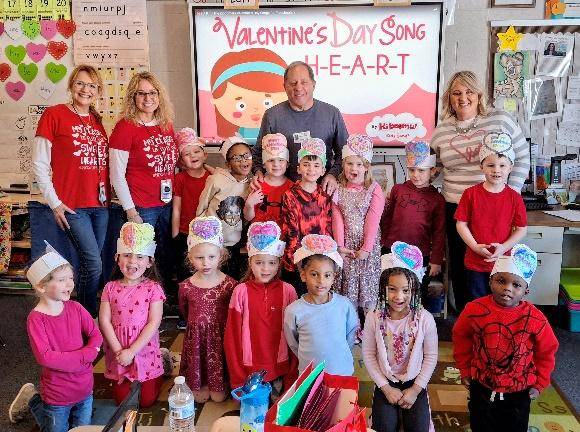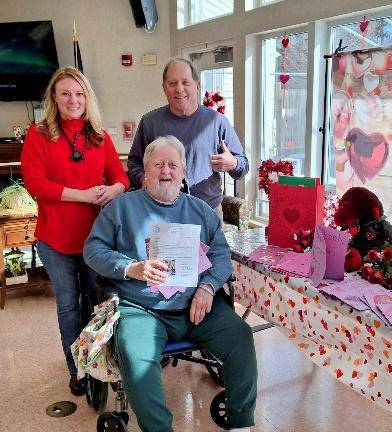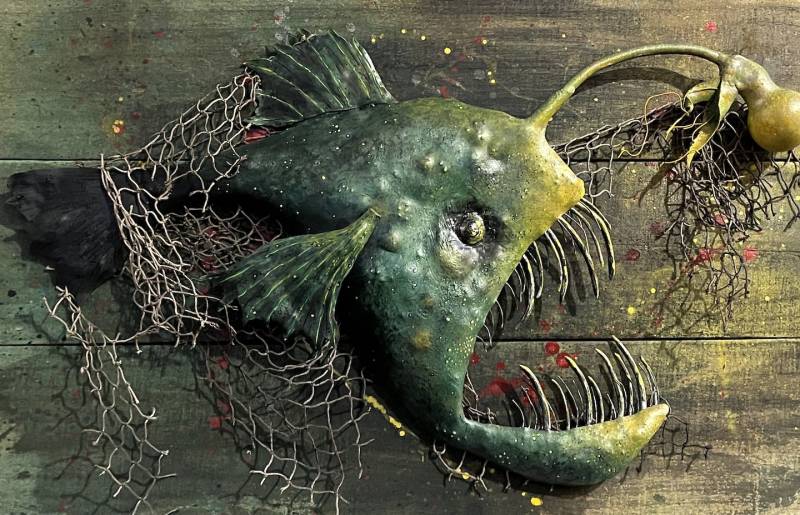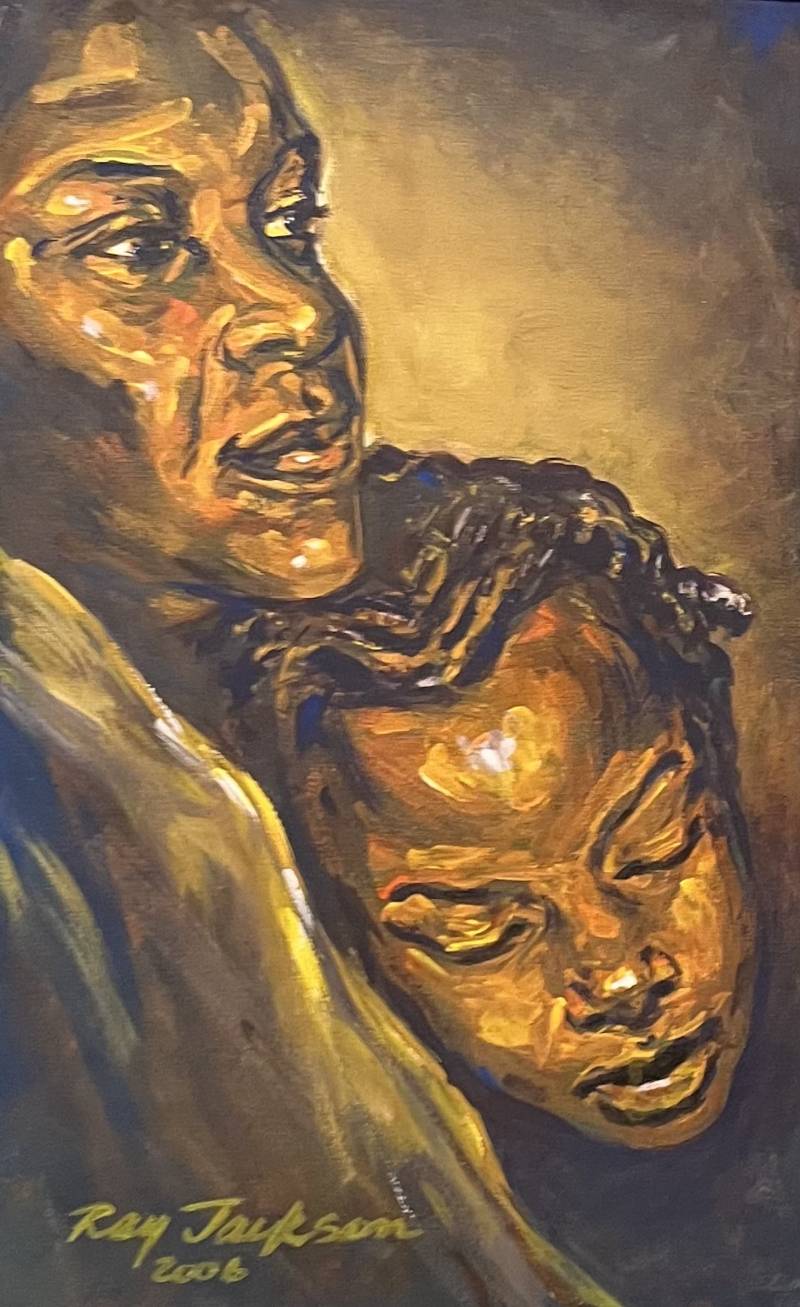High school students can be generally divided into three groups: about 10% are the “movers and shakers.” These are the student body presidents, sports stars, honor society members, cheerleaders, etc; Another 10% are on the bottom, the skippers, the disciplinary problems, strugglers. The biggest group is the kids who are just trying the best they can to navigate their way through their challenging teenage years of life and school. They have small groups of friends, get by academically, and might participate in some activities but don't really stand out.
That group would be exactly where I fell at Notre Dame between 1960 and 1964.
As I look back on my high school years, the things that stand out are how shy and immature I was. I did not turn 17 until the end of January of my senior year. So, I spent over half my graduating year at 16.
In retrospect, my parents should have held me out of kindergarten for one more year, but there were no preschool programs as there are now. So, spending over half of my first year in school at 4 years old was not a recipe for success. I recall almost nothing about my year in kindergarten at Washington School and no wonder – I was not far removed from being a toddler.
By the time I arrived at Notre Dame in September of 1960, after 8 years at St. Mary's Elementary, I could be described as being scared and unready. I had not developed any appreciable study habits and had a pretty low self-esteem. I would guess that same description would fit a lot of other freshman, both then and now.
I did manage to make it through my 4 years at Notre Dame and graduate on time.
As I think back, the memories I have are mostly not of the classes and subjects, although I should recall geometry and chemistry as I took them twice and three times, respectively. I was a mediocre student at best. I didn't get a Regents Diploma and had to attend a summer school class in math at St. John Fisher College in Rochester just to get accepted.
My recollections are mostly just random events that took place during my 4 years, some poignant and others “sophomoric,” although they didn't all happen in the sophomore term.
Lasting Impressions
A few things took place while I was at Notre Dame, and they have stayed with me to this day. The first happened in Freshman Religion class, but it had nothing to do with religion. The teacher was Father Dave Scheider, who was also at times the Athletic Director, coach of various sports, and eventually the Principal. He was a good guy and allowed students to speak their minds in class.
I don't know how it came up, but a young lady of Polish ancestry named Dolores complained that she and other Polish and Italian students felt marginalized because they came from “the south side of the tracks.” (By way of explanation, Batavia was a railroad town, and the tracks of 4 different rail lines split Batavia in half. South of the tracks, the neighborhoods were predominantly folks of Polish and Italian ancestry who settled around their churches, which were Sacred Heart and St. Anthony's. There were bakeries, delis, restaurants, etc., related to their cultures. In the late 1950s, the New York Central tracks were moved south of the city to solve traffic problems, but there was and still is a “South Side”).
I certainly knew about the railroads (my grandfather was a railroad man, and until the tracks were moved, the New York Central main lines ran right next to the house where my father grew up on Cedar Street). I also was aware that many Polish and Italian people lived on the south side of town. But, just like I was unaware that those people were not allowed at Godfrey's Pond, a recreation area where my family was members, I was also ignorant of any discrimination or bad feelings. The innocence of childhood, I guess you could call it.
But Dolores bringing this up in school led to a lively discussion ( I don't recall specifics), and it was certainly a wake-up call for me going forward. It was brave of her to call attention to it, and I have never forgotten it.
The second lasting impression was, unfortunately, a negative one for me.
At some point (I don't recall which year), we had a day off from classes for a “retreat.” This was supposed to be a day of reflection and introspection about faith. The guest speaker was a priest who was brought in from outside our community. During his lecture, he brought up the notion of “hell.” He tried to impress upon us how long eternity would be if we ended up there for whatever sins we might commit. He told us to imagine a little bird coming and pecking on the side of our school once every 1,000 years. According to him, by the time the school was pecked into nothingness, it would be one second in eternity. What? That scared the hell out of me. I actually think I spent some restless nights (what horrible “mortal sins” had I committed? I was 14 or 15, probably). As I grew older and more thoughtful, the idea that a priest would try to frighten an auditorium full of teenagers like that made me angry. It still does.
In my senior year, an event happened on November 22, 1963, that anyone who was over the age of 10 will remember forever where they were when they heard about it – the assassination of President John F. Kennedy.
I was in study hall, and the football coach, Lou Lodestro, came in and got some of the boys who he knew to help clean up the locker room. As we were cleaning, he was in his office doing paperwork and had the radio on. All of a sudden, he came out looking as pale as a ghost. “ Boys”, he said. “I've got something really bad to tell you. President Kennedy has been shot in Dallas, Texas”.
I can't really remember much after that. I don't know if we said anything, or just sat there, or went back to study hall and told others. At some point, an announcement was made over the loudspeaker. I'm sure people were crying, but I can't recall specifics.
I do recollect going to downtown Batavia on the next day, Saturday, and most of the stores were closed, and the street was virtually empty. Like many others, I was watching TV on Sunday morning when Jack Ruby shot and killed Kennedy's assassin, Lee Harvey Oswald, before our very eyes. Monday was a National Day Of Mourning, and Tuesday was the President's funeral, so I assume we had both days off from school. Teenagers are fairly resilient, but I'm pretty sure that whole event affected me and my classmates for the rest of our senior year.
Teens Will Be Teens
Notre Dame was no different than any other high school when it came to teen shenanigans. Once in a while, things would get a bit out of control in the cafeteria, and I remember a couple of epic food fights. What I recall the most about those, though, is how when the Principal, Father Eugene Kolb, entered the scene. Everything stopped dead. You could hear a pin drop. He wasn't a very big guy, kind of short and portly, but some people just have that aura of instilling fear about them. As a teacher for 33 years, I saw it many times, and often it was a diminutive woman. It was just their presence and the way they carried themselves. By the way, I never had “it”. The kids always knew I was a big (6' 3'') softy.
Our school, like most Catholic Schools, had a dress code. But being teenagers, it was our daily quest to try to get around it somehow. Boys had to wear a sports coat and tie, and sneakers were not allowed. A certain number (probably in that previously mentioned top 10%) saw themselves as stylish and were always sharply dressed. But most of us wore the same sports jacket every day, and at home, it was casually tossed on a chair or bed until the next day, so it became pretty raggedy looking. Who wanted to retie a tie continuously? So those were just loosened, taken off and redonned the next day.
When the Beatles and other English rock groups became popular, a fad among the boys was “pegged” pants. These were tight and very narrow at the bottom (no cuff). Of course, you had to be skinny, which most of us were at that age. It was a constant battle with the Dean of Boys over those trousers. I think parents were even called on occasion to bring roomier pants to school. You can imagine that they were pretty annoyed about that.
The girls wore a blouse and skirt with a vest called a bolero. They were allowed to wear sneakers, though, unlike the boys. The girls' biggest rebellion seemed to be rolling their skirt up at the waist to make it shorter. The Dean of Women, a nun apparently known as “The Barracuda,” would have them kneel down, and if their skirt didn't touch the floor, they got detention (there was a lot of kneeling in Catholic schools). I'm going to reserve comment on what girls wear to school now, but it always amazes me to see boys constantly wearing shorts, even in the winter.
Finally, you would think I remembered something important but recalled something ridiculous instead. Notre Dame has three floors. The basement has the cafeteria, locker rooms, and some classrooms. The main floor contained the offices, the chapel, the gymnasium, and classrooms. The 2nd floor was the site of the school library. There were two staircases to it, one on each end. The librarian's desk was in the middle.
As a perfect example of teenagers' convoluted thinking, my friend Ray and I decided to prank the librarian, an elderly nun. For a period of time, about once a week, always on a different day, to avoid being predictable, we would leave the cafeteria on the pretext of using the restroom. Ray would go up one stairway, and I would go up the other, so we would each be stationed at opposite doorways. We would peek in to see if the nun was seated at her desk. If she was, one of us would bounce a tennis ball in front of her to the opposite door. The other guy would catch the ball at the doorway, and we would sprint back down the stairs and hide in the men's room, doubled over with laughter.
We thought we were so clever, and we never got caught, but thinking back now, did the nun even notice the ball? Or did she even care? She might have actually gotten a chuckle out of it herself. You can see why we weren't in the honor society.
Like most of the faceless masses, I made it through high school, but knowing what I know now, I wish I had the chance to do it again at a year older and with more confidence and maturity. But, despite my struggles, I graduated from St. John Fisher I had to scramble my first couple years there also) and had a 33-year career teaching elementary school before retiring and have written 30 published stories. I wasn't a “mover and shaker,” but I did pretty well in life, nonetheless.

